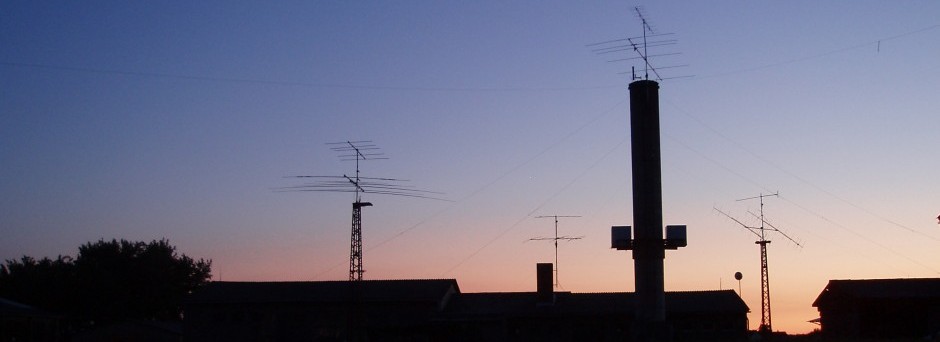Unfortunately I didn’t have much time this year so most of my Perseids activities concentrated on the weekend when the peak was forseen to happen the night from 12th to 13th of August. But I didn’t recognize any distinct peak this time. And all in all I found conditions much worse than last year …
I took the chance to try out the new MSK144 mode for Meteor Scatter. It has some real advantages over JT6M, i.e. no rubbish decoding anymore, shorter tx/rx periods for faster QSOs, real-time decoding, a.s.o. Almost all traffic has already changed to MSK144 on 6 m! Amazing how fast new modes take over. It is less common on 4 & 2 m but a few use it there, too. In it’s latest version MSHV 1.42 has support for MSK144 as well but it felt like decoding worse on FSK441 than with older versions and compared to WSJT. Meanwhile (i.e. when writing this report) LZ2HV has released v1.43 but I didn’t try it out yet. Overall I like MSHV much better than WSJT as it neatly integrates everything into one window …
The guys of EI9E were activating a rare one again. While I had already worked IO61 on 6 m in the past it was a new one on 4 & 2 m. Also Mek, SP7VC, was very busy activating rare squares on 4 m, this time in Latvia. Glad to catch him in KO35 and KO36 at least, all of his other square activations were sorrily not fitting into my QRL schedules … Dirk, ON5GS, deserves a big thank you, too. He has been activating rare ones during the last few years as well and IO54 was indeed still a new one on 2 m overhere. LB8DC (ex LA9DFA) was worked from his family’s hut in JP60 on 6 & 2 m for another new square. Unfortunately he had some equipment trouble on 4 m so no luck on this band. It took several tries before finally succeeding with 9A4ZM on 4 m, thanks for your persistence, Maki.
Although no new ones other interesting QSOs included short distance ones with PA2M & PA3ECU direct path on 4 m, DH6DAO direct path on 6 m, and SP3CFM on 6 m and DL4ALI on 4 m both using backscatter reflections. Made around 60 QSOs in total, full log can be viewed here …
